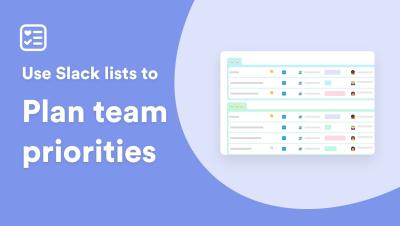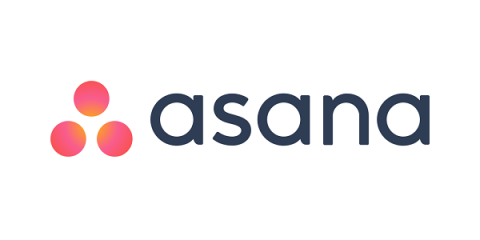How to give effective feedback that builds team culture
A culture based on trust and continuous improvement using effective feedback is integral to the operations of The Southern California Cricket Association Youth cricket club. Hear from Coach Mumtaz Yusuf and his players, see them in action, and find out why they place such a high value on creating a culture of feedback to succeed.











